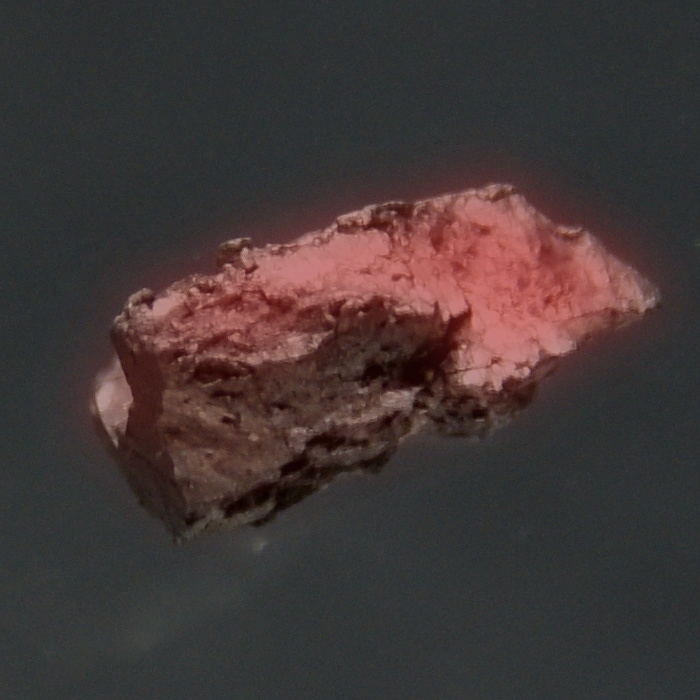Kuriyum
96
Cm
Grup
yok
Periyot
7
Blok
f
Protonlar
Elektronlar
Nötronlar
96
96
151
Temel Özellikleri
Atom numarası
96
Atom ağırlığı
[247]
Kütle Numarası
247
Kategori
Aktinit
Renk
Gümüşi
Radyoaktif
Evet
Curium is named after Madame Curie and her husband Pierre Curie
Kristal yapısı
Basit altıgen
Tarihi
Curium was discovered by Glenn T. Seaborg, Ralph A. James and Albert Ghiorso in 1944 at the University of California, Berkeley.
It was produced by bombarding plutonium with alpha particles during the Manhattan Project.
Curium metal was produced only in 1951 by reduction of curium fluoride with barium.
It was produced by bombarding plutonium with alpha particles during the Manhattan Project.
Curium metal was produced only in 1951 by reduction of curium fluoride with barium.
Enerji seviyesi başına Elektronlar
2, 8, 18, 32, 25, 9, 2
Elektron dizilimi
[Rn] 5f7 6d1 7s2
Curium accumulates in the bones, lungs and liver, where it promotes cancer
Fiziksel Özellikleri
Faz
Katı
Yoğunluk
13,51 g/cm3
Ergime noktası
1613,15 K | 1340 °C | 2444 °F
Kaynama noktası
3383,15 K | 3110 °C | 5630 °F
Ergime ısısı
yok kJ/mol
Buharlaşma ısısı
yok kJ/mol
Isı kapasitesi
- J/g·K
Dünya kabuğundaki bulunulabilirliği
yok
Evrendeki bulunulabilirliği
yok

CAS Numarası
7440-51-9
PubChem CID Numarası
yok
Atom Özellikleri
Atom yarıçapı
174 pm
Kovalent yarıçapı
169 pm
Elektronegatifliği
1,3 (Pauling ölçeği)
İyonlaşma enerjisi
5,9915 eV
Atomik Hacim
18,28 cm3/mol
Isıl iletkenlik
0,1 W/cm·K
Yükseltgenme seviyeleri
3, 4
Uygulamalar
Curium is mainly used for scientific research purposes.
Curium is a common starting material for the production of higher transuranic elements and transactinides.
The most practical application of 244Cm is as α-particle source in the alpha particle X-ray spectrometers (APXS).
Curium is a common starting material for the production of higher transuranic elements and transactinides.
The most practical application of 244Cm is as α-particle source in the alpha particle X-ray spectrometers (APXS).
Curium is harmful due to its radioactivity
İzotoplar
Kararlı izotoplar
-Kararsız izotoplar
233Cm, 234Cm, 235Cm, 236Cm, 237Cm, 238Cm, 239Cm, 240Cm, 241Cm, 242Cm, 243Cm, 244Cm, 245Cm, 246Cm, 247Cm, 248Cm, 249Cm, 250Cm, 251Cm, 252Cm